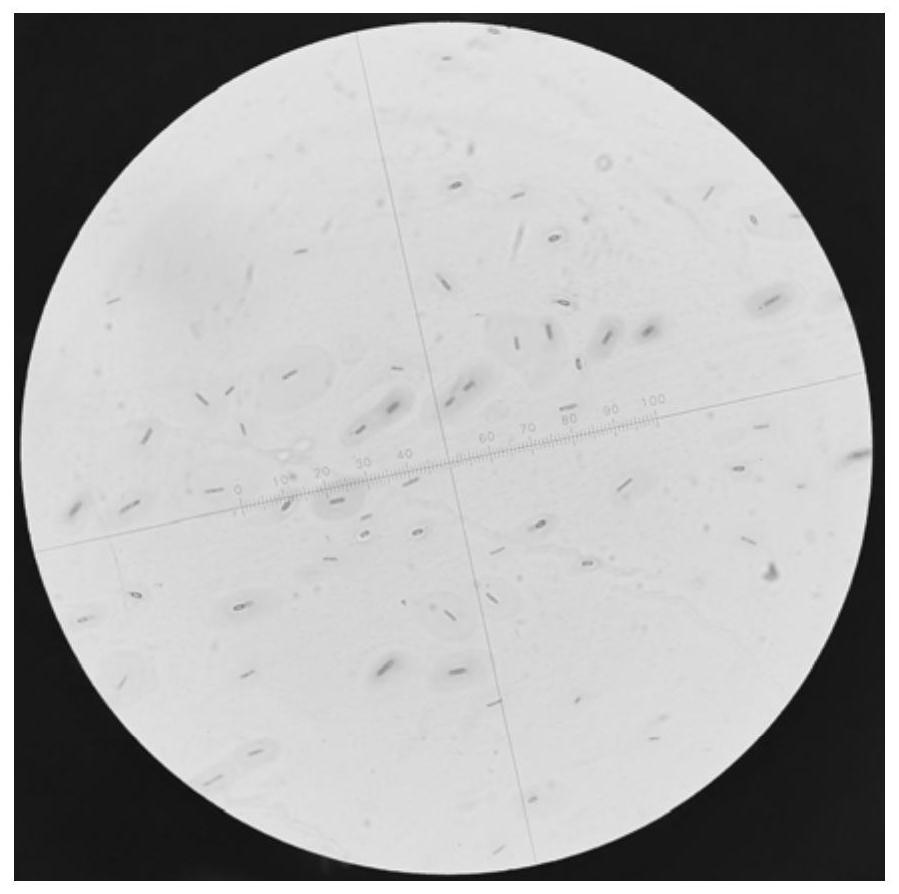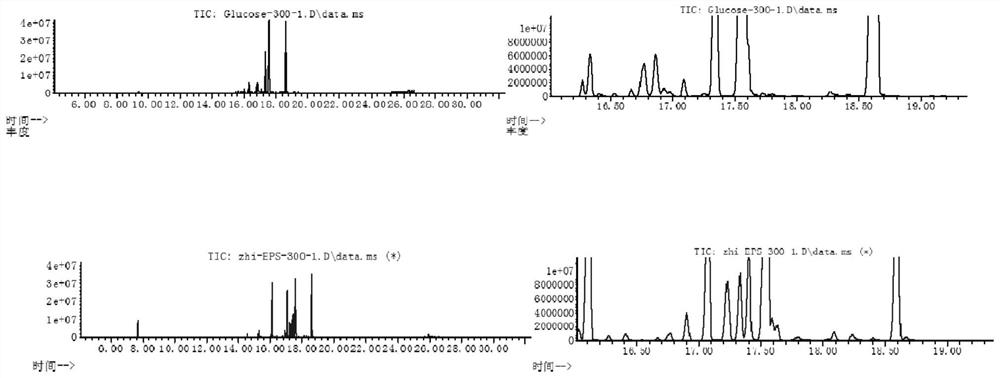Bacterial strain for producing exopolysaccharides, method for producing exopolysaccharides by using bacterial strain and application of bacterial strain
A technology of exopolysaccharides and bacterial strains, which is applied in the field of Paenibacillus coliformis to produce exopolysaccharides, which can solve the problems of few reports on plant growth-promoting functions, and achieve the effect of improving stress resistance and promoting growth
- Summary
- Abstract
- Description
- Claims
- Application Information
AI Technical Summary
Problems solved by technology
Method used
Image
Examples
Embodiment 1
[0033] Embodiment 1, the method utilizing Paenibacillus colloidus to produce exopolysaccharide
[0034] Utilize the method for producing extracellular polysaccharide from Paenibacillus mucilaginosus G78, comprising the following steps:
[0035] S1. Activate the preserved Paenibacillus mucilaginosus G78 in a solid medium, then inoculate it in a seed liquid medium, and culture it on a shaker at 25-34°C and 160-200rpm for 8-16h to obtain a seed solution ;
[0036] S2. Transfer the seed solution in step S1 into the fermentation medium, and culture it on a shaker at 25-34° C. and 160-200 rpm for 75-80 hours to obtain a fermentation medium;
[0037] S3. Centrifuge the fermentation culture solution in step S2 at 4°C at 9000-12000rpm for 30-45min, remove the bacteria, add 3 times the volume of absolute ethanol to precipitate, leave it at room temperature overnight, collect exopolysaccharide, purify and prepare into dry powder.
[0038] Wherein, in the step S1, the solid medium comp...
Embodiment 2
[0044] Embodiment 2, exopolysaccharide component analysis
[0045] Experimental materials: Glucose (Glucose), mannose (Mannose), and glucuronic acid (Glucuronic acid) 3 standard products, and the exopolysaccharide (EPS) obtained in Example 1 was analyzed by GC-MS.
[0046] The result shows: see Figure 3-5 , multiple peaks were detected for each standard, and the numbers following the metabolites represent isomers, or reaction products of that substance. Three kinds of monosaccharides can be detected in EPS samples, namely glucose, mannose and glucuronic acid.
Embodiment 3
[0047] Embodiment 3, pot experiment
[0048] The plant nutrient solution used in the pot experiment includes the following mass concentrations of components:
[0049] Ca(NO 3 ) 2 4H 2 O 5mM; KNO 3 5mM; MgSO 4 ·7H 2 O 2mM; Fe-EDTA 20μM; H 3 BO 3 4.6 μM; CuSO 4 0.32μM; ZnSO 4 ·7H 2 O 0.77 μM; MnCl 2 11.1 μM; H 2 MoO 4 0.38μM, the pH value of the plant nutrient solution is 7.0.
[0050] The EPS used in this example is the exopolysaccharide obtained in Example 1.
[0051] 1. After the tomato seeds germinate, put them in the hole tray and cultivate them for 1 month, then select tomato seedlings of the same size and transfer them to flower pots for soil cultivation, and water them normally. Experimental treatment was carried out on the 3rd day after transplanting: the concentration of EPS was 50mg / L, and each seedling was irrigated with 20-50ml. Taking plants without EPS as a control, watering was performed once in 7 days, and watered 3 times in total. After tran...
PUM
 Login to View More
Login to View More Abstract
Description
Claims
Application Information
 Login to View More
Login to View More - R&D
- Intellectual Property
- Life Sciences
- Materials
- Tech Scout
- Unparalleled Data Quality
- Higher Quality Content
- 60% Fewer Hallucinations
Browse by: Latest US Patents, China's latest patents, Technical Efficacy Thesaurus, Application Domain, Technology Topic, Popular Technical Reports.
© 2025 PatSnap. All rights reserved.Legal|Privacy policy|Modern Slavery Act Transparency Statement|Sitemap|About US| Contact US: help@patsnap.com



